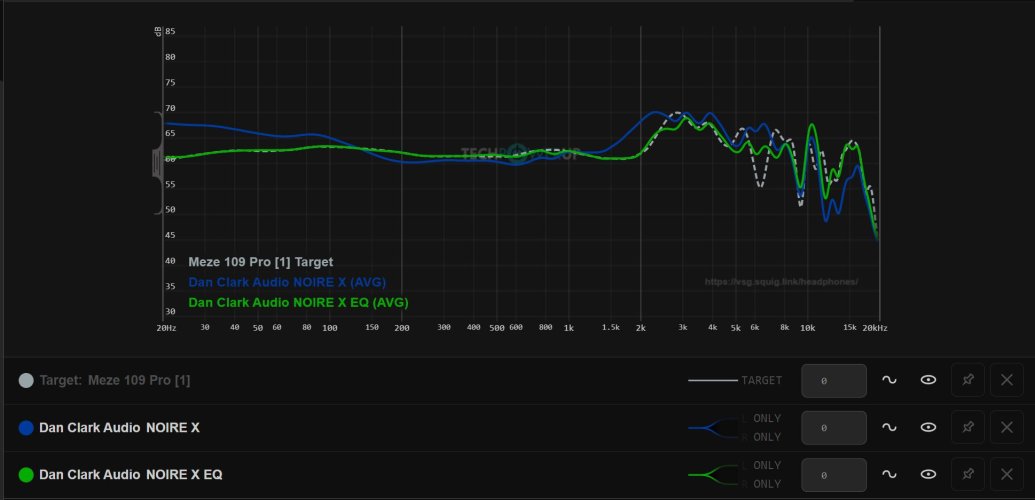I've been part-time following the E3 discussion. People say it's more dynamic, but I'll believe it when I hear it because the Aeon 2 Noire wasn't dynamic and the Stealth wasn't dynamic, while the Corina and the Expanse masked their low dynamics with bass quantity. The Stealth was uninspiring both times I tried it. It's better than the Noire, I'll give it that much, with more controlled treble and less rubbery bass, but most of the things that I grew to loathe on the Noire were still there on the Stealth; that blunting of notes and the constriction of note decay. I actually liked the Stealth better on the Woo Audio WA22 tube amp than on clean-sounding solid state gear. I presume the added distortion and lack of damping resulted in slightly more reverberation which contributed to that sense of openness. And openness is one of the most important qualities I look for in a headphone.
Anyways, I'll give the E3 a try the next time I head out to HeadAmp and I'll listen to it first so my mind isn't already in comparison mode. It never hurts to try something out, especially if the trip involves eating great empanadas at a nearby bakery (if any of you are in Charlottesville VA, I recommend trying out Cumbre Bakery). Hopefully I'll be pleasantly surprised with the E3, but I admit I'm biased to not expect it.
I think that's because "dynamic" isn't widely agreed upon or understood. I assume it refers to dynamic range, so what is that in a headphone exactly - SPL difference between the quietest and loudest sound? Or is it a tangible aspect of frequency response? I see it being used to refer to bass slam, especially with headphones with a V-shaped sound signature since there you can have a lot of extra energy both in the lows and highs.
But it certainly sounds like the E3 isn't for you - if one doesn't like the Stealth, they are very unlikely to like the E3 and vice versa. Especially since you preferred the Stealth on the WA22 which is very telling that what you're really after is a different headphone entirely.




















